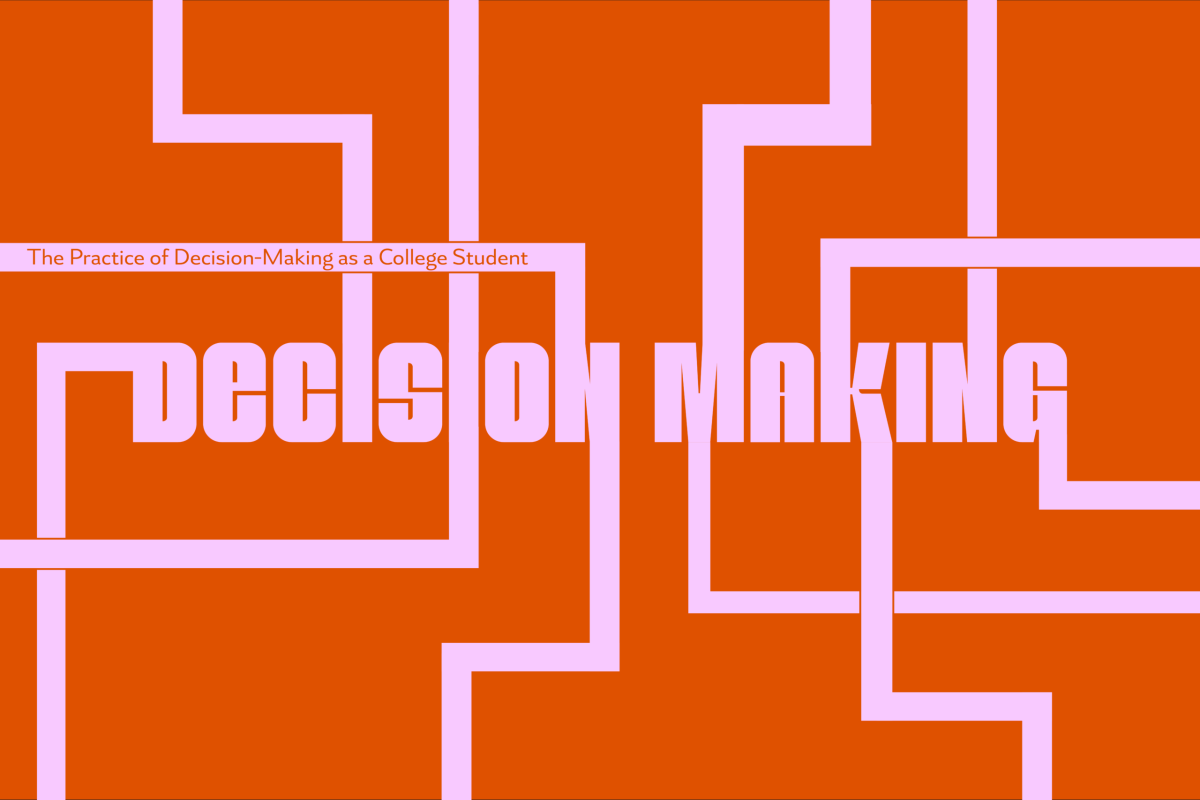_Abigail Ruhman is a freshman journalism and political science major at MU. She is an opinion columnist who writes about student life, politics and social issues for The Maneater._
_This column is part two of Abigail Ruhman’s “Twelve Gays of Christmas” series. Twelve Gays of Christmas is a twelve-column series about a variety of LGBTQ topics. During the holidays, members of the LGBTQ community are more likely to experience depression. By informing readers of the issues facing the LGBTQ community, these columns are meant to support the community this holiday season._
As someone who identifies as pansexual, there has always been one question that I hated: Are you gay? Growing up in a world of “yes or no,” my first instinct is to say yes. I’m a part of the so-called gay community, so I must be gay.
This issue is that, I’m not gay. I’m pansexual, meaning that I can feel a sexual attraction to someone no matter what their gender identity is. No, it does not mean I feel sexually attracted to pans, nor do I feel sexually attracted to anything that moves. It just means that I don’t exactly care how someone identifies before I form a romantic or sexual attraction to them.
The issue is, my immediate response to being asked if I’m gay is still yes, and that shouldn’t be my answer. That’s where the binary and sexuality scales tend to play a role.
Society tends to view gender and sexual identities as a binary. This means that there are two options that society will accept. Sexuality has been narrowed down to gay or straight, but this isn’t the case.
It’s possible for characteristics of heterosexual and homosexual attraction to exist within the same identity. This is where bisexuality and pansexuality exist.
This concept can become confusing, which is why sexuality scales can be helpful. For example, the Kinsey scale is a chart that measures where a person’s sexual history places them. The scale ranges from zero or “exclusively heterosexual” to six or “exclusively homosexual.”
The Kinsey research team came up with a set of questions and asked participants about their romantic and sexual history, and then used that data to place the participants on the scale. Then, they divided individuals into three identities: heterosexual, homosexual and bisexual.
The model doesn’t include a more diverse placement for the middle of the spectrum, but it was a giant step for the bisexual community. There was academic research showing this identity existed.
Other models use different formats that allow for more sexualities to be included. Another example is the Klein Sexual Orientation Grid, which included more specific information. Participants were asked about their romantic and sexual past, present and future. This opened the scale to other sexualities.
These scales offered a visual representation of human sexuality, which also allowed for validation in sexualities other than homosexual and heterosexual.
It’s important to shine a light on the sexualities that fall in the middle of the scale because they do exist. The research behind these scales shows that sexuality can be more than just straight or gay, and individuals within the middle of the scale need society to recognize that.
The problem with forcing the binary is that identities get erased. It can also add a layer of confusion for individuals who are questioning their sexuality. If you feel attracted to a wider variety of genders, finding a label can be difficult. In fact, 15 percent of Americans don’t believe that bisexuality exists, according to CBS. This makes it more difficult to find information over the identity.
Looking at sexuality through the lens of “one or the other” leaves people in a place of confusion. The question “are you gay?” can feel like the world is forcing them to choose which community they want to be a part of.
The middle of the scale shouldn’t have to pick a side because society feels attached to a binary. They deserve their sexuality to be recognized. People shouldn’t have to feel complicit in their erasure just to answer a simple question.
Saying you aren’t gay shouldn’t automatically mean that you’re straight. It should simply mean that you aren’t specifically gay. The rest of the scale is open to that answer, so why can’t society be open to it?













